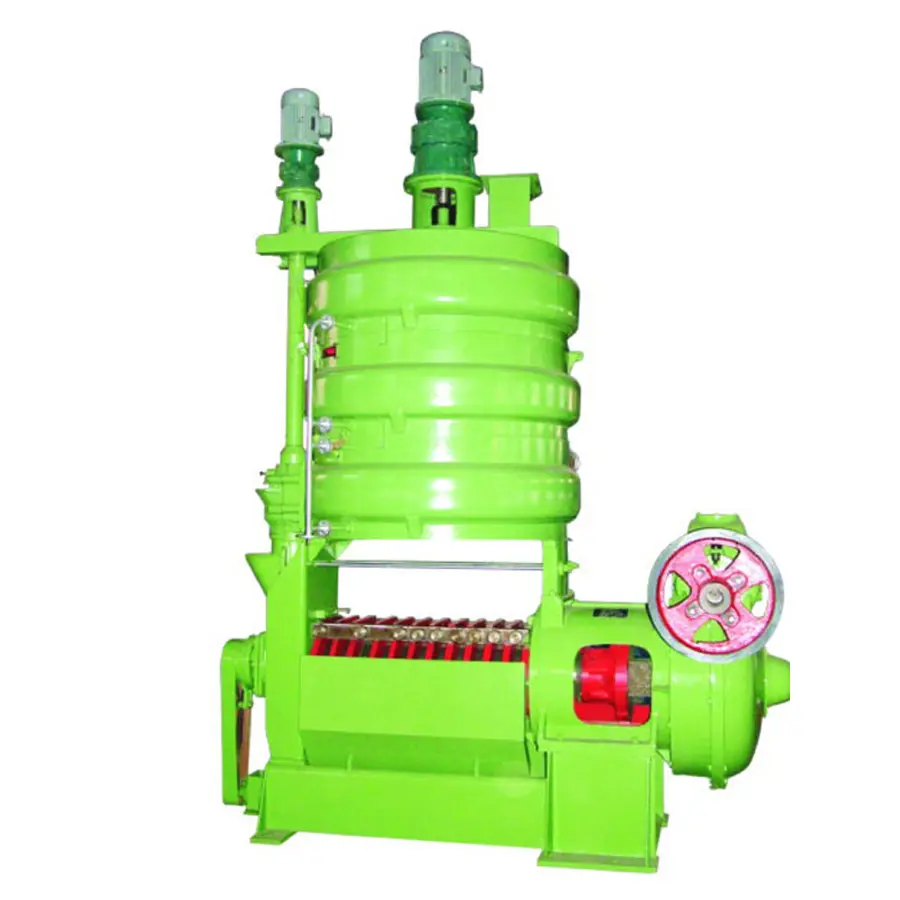Nov . 11, 2024 15:53 Back to list
flaxseed oil refinery unit factories
Flaxseed Oil Refinery Unit Factories A Comprehensive Overview
Flaxseed oil, derived from the seeds of the flax plant (Linum usitatissimum), has been celebrated for its numerous health benefits and culinary applications. The increasing popularity of flaxseed oil, rich in omega-3 fatty acids, has led to a burgeoning demand for its production. Flaxseed oil refinery unit factories play a significant role in converting raw flaxseed into refined oil suitable for consumption. This article delves into the operations, processes, and importance of these factories.
Understanding Flaxseed Oil
Flaxseed oil is known for its high content of alpha-linolenic acid (ALA), an essential omega-3 fatty acid that supports cardiovascular health, reduces inflammation, and contributes to overall well-being. Due to its nutritional properties, flaxseed oil is often used in dietary supplements, cosmetics, and as a cooking ingredient. However, to ensure quality and safety, the oil must undergo refining processes.
The Role of Refinery Unit Factories
Flaxseed oil refinery unit factories are equipped with specialized machinery that processes raw flaxseed oil to produce a high-quality, shelf-stable product. The primary operations in these factories include oil extraction, degumming, neutralization, bleaching, and deodorization. Each step is vital to ensure the oil is free from impurities and retains its nutritional benefits.
1. Oil Extraction The initial step involves extracting oil from flaxseeds. Two common methods are cold pressing and solvent extraction. Cold pressing is a traditional method that preserves the oil’s nutritional value, while solvent extraction is more efficient in terms of yield but may leave trace solvents in the oil.
2. Degumming This process removes phospholipids and other impurities from the crude oil. By adding water or acidic solutions, manufacturers can separate these unwanted components, leading to a purer oil.
.
3. Neutralization The oil undergoes neutralization to eliminate free fatty acids that can cause off-flavors and shorten shelf life. This is typically done using alkaline solutions, which neutralize the acids and make the oil more palatable.
flaxseed oil refinery unit factories

4. Bleaching Bleaching agents are employed to remove color pigments, which enhances the visual appeal of the oil. This step does not significantly affect the oil's nutritional properties but helps meet consumer expectations for a clear, light-colored product.
5. Deodorization The final step in the refining process involves heating the oil under vacuum conditions to remove volatile compounds and undesirable odors. The result is a neutral-smelling oil that is suitable for various culinary uses.
Equipment and Technology in Refineries
Modern flaxseed oil refinery unit factories utilize advanced technology and automation to improve efficiency and product quality. Equipment such as oil expellers, centrifuges, and vacuum deodorizers play crucial roles in the extraction and refining processes. Continuous advancements in technology have also led to the development of more sustainable practices, enabling factories to minimize waste and energy consumption while maximizing output.
Economic and Environmental Impact
The flaxseed oil industry contributes significantly to local economies, especially in regions where flax is cultivated. It provides jobs across various segments of the supply chain, from farming to processing. Moreover, the cultivation of flax as a crop can promote sustainable agricultural practices, as it requires fewer chemicals and enhances soil health compared to many other crops.
However, like any industrial process, flaxseed oil refining does have environmental implications. Factories must implement proper waste management strategies to mitigate pollution and promote the sustainable use of resources. Innovations such as closed-loop systems and green extraction methods are becoming increasingly relevant in addressing these challenges.
Conclusion
Flaxseed oil refinery unit factories are pivotal in meeting the growing demand for high-quality flaxseed oil. Through sophisticated extraction and refining processes, these facilities ensure that the oil retains its nutritional benefits while being safe for consumer use. As the trend towards healthy eating continues to rise, the role of these refineries will only become more crucial in providing a premium product that supports health and wellness. With ongoing advancements in technology and a focus on sustainability, the future of flaxseed oil production looks promising.
-
Sunflower Oil Seed Press Machine - High Efficiency, Durable & Cost-effective Extraction
NewsJun.24,2025
-
High-Efficiency Physical Oil Refining Unit - Leading Exporters & Trusted Companies
NewsJun.10,2025
-
High-Efficiency Animal Oil Refining Machine - Leading Exporters & Reliable Companies
NewsJun.10,2025
-
Camellia Oil Mill Machine for Efficient Oil Extraction Leading Exporters & Companies
NewsJun.10,2025
-
Premium Pressing Shaft for Oil Press Machines Exporters
NewsJun.10,2025
-
High-Efficiency Centrifugal Filters Durable Industrial Separation
NewsJun.10,2025
